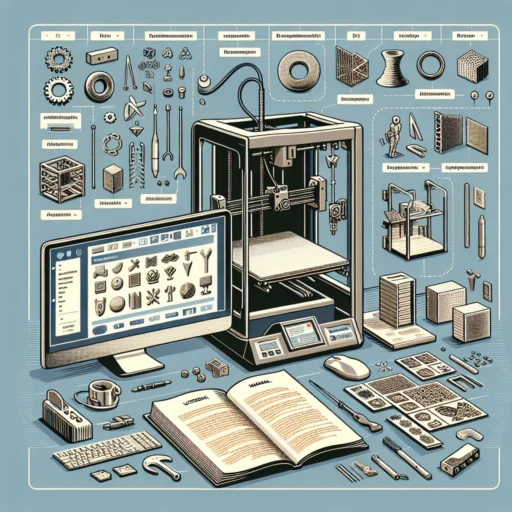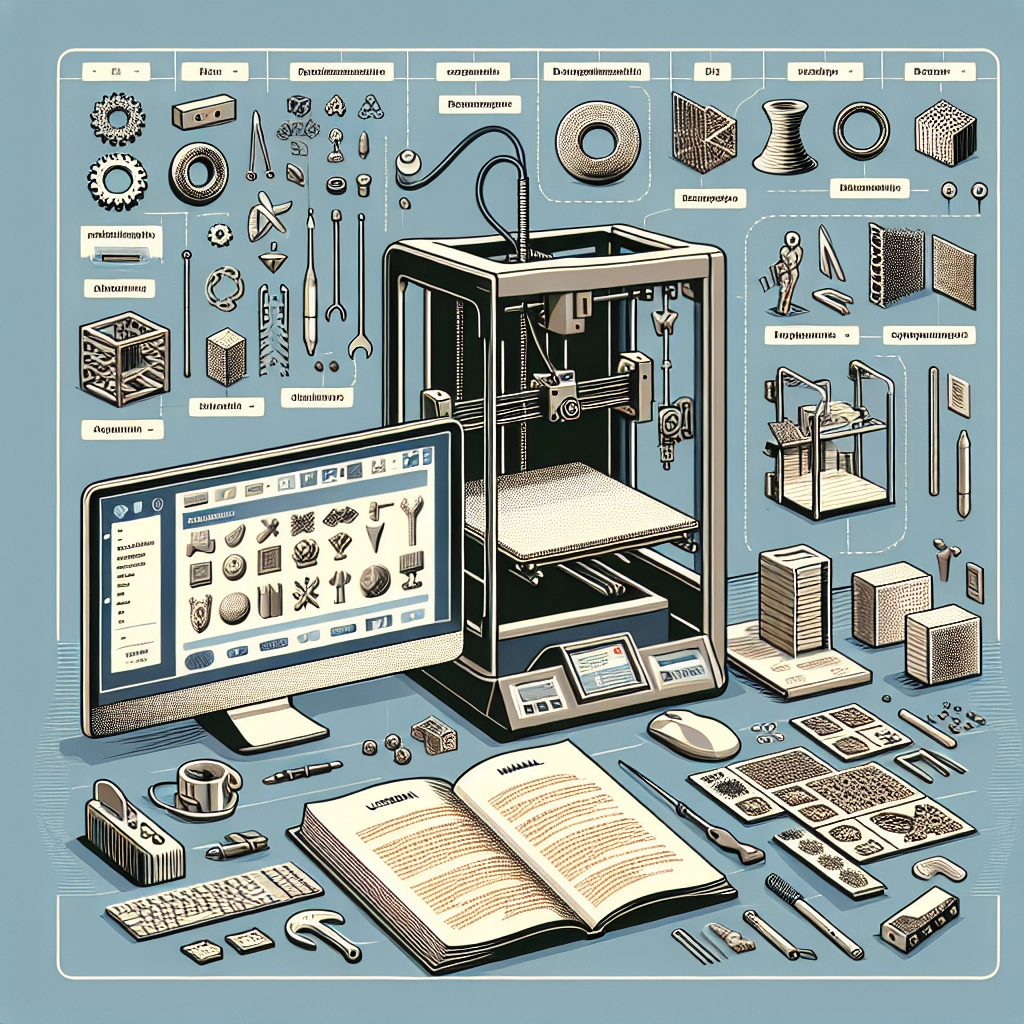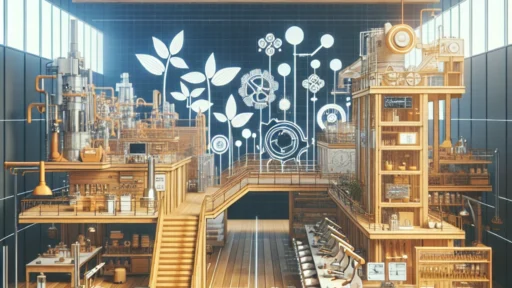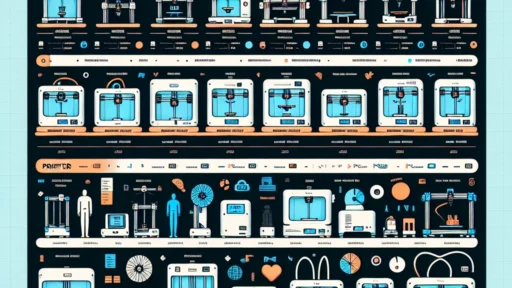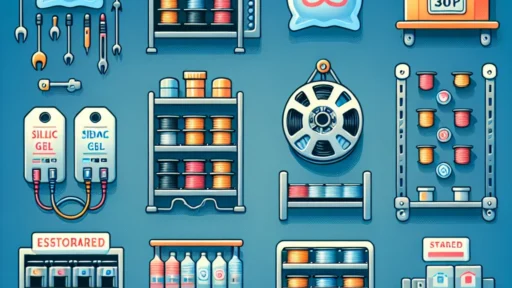Getting Started with Your First 3D Printer
If you’re intrigued by the realm of 3D printing, you’re not alone. This technology has exploded in popularity over the past few years, opening up a world of creativity and possibilities. Whether you’re a hobbyist, a DIY enthusiast, or someone who simply loves making things, owning a 3D printer can be an incredibly fulfilling experience. But where do you start? Let’s break it down in a way that feels accessible and exciting.
Choosing Your First 3D Printer
Before you can start printing, you need to pick the right 3D printer for you. This first step can be daunting, given the array of options available on the market today. Here’s what to consider:
-
Type of Printer: The most common types are FDM (Fused Deposition Modeling) and SLA (Stereolithography). FDM printers are generally more affordable and easier to use—great for beginners. If you’re looking for finer details and surface finish, SLA might be the way to go, but they usually come with a higher price tag and require a bit more maintenance.
-
Build Volume: Think about what you’re planning to print. If you’re going to work on larger projects, ensure your printer has a big enough build volume. If you’re mainly interested in smaller items or prototypes, a smaller printer will do just fine.
-
Budget: Set a budget! While it’s tempting to go for the cheapest option, investing in a good-quality printer will save you headaches down the line. There are solid beginner models available in the $200-$500 range.
Understanding Filament Types
Once you’ve got your printer, let’s talk filament. This is the material you’ll use to create your designs, and it comes in various types:
-
PLA (Polylactic Acid): A great starting point for beginners, PLA is made from renewable resources and is easy to print with. It’s biodegradable, making it an environmentally friendlier choice. However, it can be less durable than other materials.
-
ABS (Acrylonitrile Butadiene Styrene): This is tougher and more heat-resistant than PLA but emits strong fumes during printing, requiring good ventilation. It’s great for items that need to withstand wear and tear.
-
PETG (Polyethylene Terephthalate Glycol): This is a nice balance between PLA and ABS. It’s more durable than PLA and easier to print than ABS, making it a solid choice for many projects.
Take the time to read up on the properties of different filaments to ensure you choose the right material for your first projects.
Learning Software Basics
Now that you have your printer and filament sorted, you’ll need software to bring your designs to life. Most 3D printers come with their software, but you might want to explore others:
-
CAD Software: Software like Tinkercad is perfect for beginners. It’s user-friendly and web-based, so you don’t need to download anything. As you get more comfortable, you might explore options like Fusion 360 or Blender.
-
Slicing Software: After you design your object, this software converts your model into a file your printer can understand. Each printer has its favorite slicer; Cura and PrusaSlicer are popular choices that cater to a range of printers.
Starting Your Printing Journey
Now, onto the actual printing! Here are some handy tips to keep in mind in your initial prints:
-
Calibration is Key: Your printer is a finely-tuned machine. Take the time to calibrate it properly—bed leveling and nozzle height make a huge difference in print quality.
-
Test Prints: Before diving into your passion projects, begin with a few test prints. Calibration cubes or benchy boats are popular starter designs for testing your setup.
-
Patience is a Virtue: 3D printing can sometimes mean dealing with failures before achieving success. Don’t let initial hiccups discourage you. Every failed print is an opportunity to learn and improve.
-
Join the Community: The 3D printing community is large and filled with passionate individuals. Joining forums or social media groups can provide invaluable support, tips, and inspiration.
Your Creative Potential Awaits
With your first 3D printer set up and your skills honed, the possibilities before you are endless. From crafting custom designs and prototypes to down-to-the-minute detailing on fun and practical creations, you are now part of a vibrant maker community changing the way we think about design and production.
So, embrace the learning curve, enjoy the process, and don’t forget to have fun! Your imagination is the only limit when it comes to what you can create. Happy printing!


